Joseph Priestley House
Introduction
Text-to-speech Audio
Designated a National Historic Landmark on January 12, 1965, this historic house served as the home and laboratory of pioneering chemist Joseph Priestley from its completion in 1798 until he died in 1804. Most famous for discovering the molecular structure of oxygen in 1774, Joseph Priestley and his wife Mary emigrated to the United States in 1794 after facing intense persecution and political unrest in England. At the time, it was believed to have been the first “scientifically equipped laboratory” in the United States and the home has been a treasured piece of history to the residents of the blue-collar town that straddles the Susquehanna.
After Mary and Joseph’s death, the house remained in Priestley's hands until 1811. Over the course of the 19th century the house changed various hands until the last resident moved out of the house in 1911. For a brief period, the house was rented to the Pennsylvania Railroad for workers station along the rail line cutting through the town. Over the next few years, a series of plans for a museum restoration and even a legislative maneuver to turn it over to the state historical commission never came to fruition. After a brief four-year period were it served as the borough hall for Northumberland it was transferred to the Commonwealth of Pennsylvania in 1961. In October 1970, the museum was officially opened to the public after the start of major restoration project by the Pennsylvania Historical and Museum Commission. The Joseph Priestley house has been the recipient of many national designations since it was acquired by the Commonwealth. In 1965, it was designated a National Historic Landmark and eventually added to the National Register of Historic Places in 1966. The American Chemical Society named it only the second National Historic Chemical Landmark in 1994. After a final restoration project in the late 90s which restored the home to the time when it was occupied by Mary and Joseph Priestley, it has served as a public museum and the pride of the town whose many streets bear its name.
Images
The Joseph Priestley House
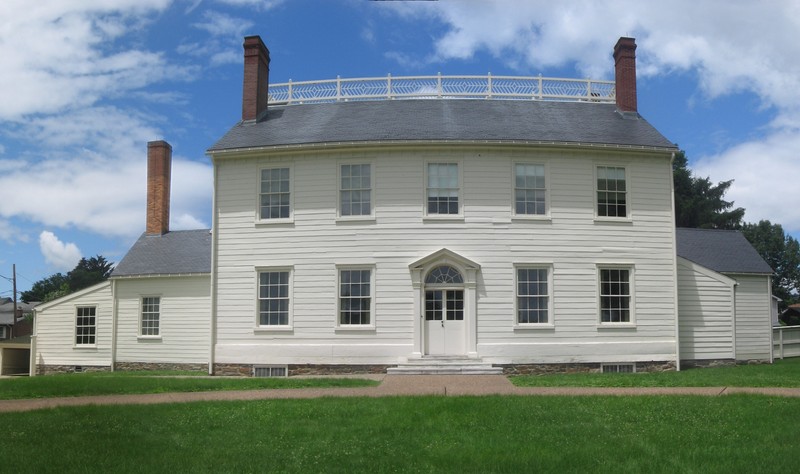
Portrait of John Priestley
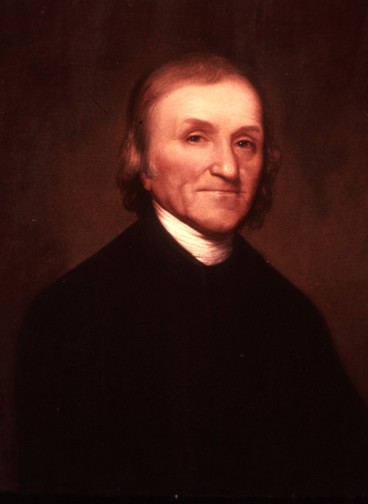
To learn more about Priestlley, click the book link below for Robert Schoefield's work from Penn State University Press.
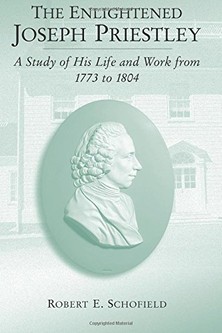
Front View of the Joseph Priestley House.
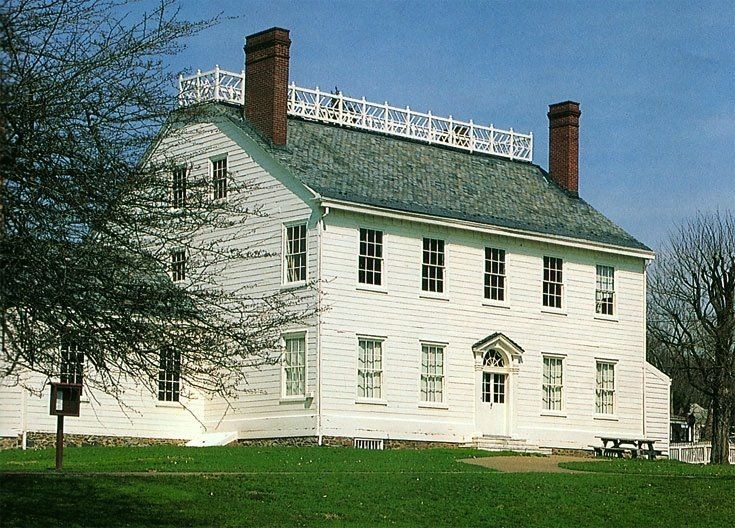
Alternate Front View of the Joseph Priestley House
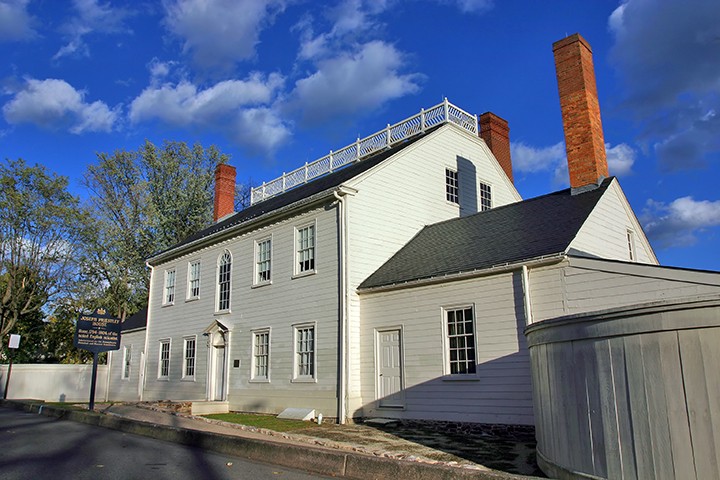
Plaque presented by the American Chemical Society in 1994. At the time it was only the second National Historic Chemical Landmark.
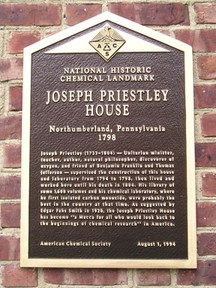
Plaque designating the Joseph Priestley House as a National Historic Landmark. Presented in 1965.
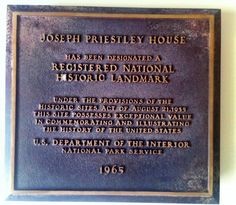
Artist rendition of the Joseph Priestley House showing grounds and floor plan.
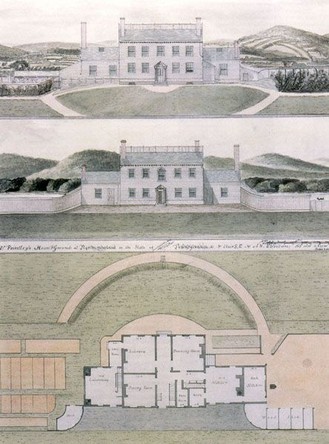
Photo of the main staircase foyer which demonstrates a distinctive slant at the top of the stairway. Due to a lack of skilled labor there are numerous examples of craftsmanship errors throughout the house.
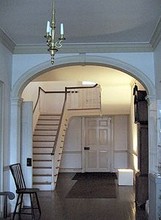
Backstory and Context
Text-to-speech Audio
Born in 1733, Joseph Priestley was a prominent 18th-century philosopher, chemist, theologian and political theorist whose tumultuous legacy brought about many scientific discoveries. As a theologist as well as a scientist Priestley held views that commonly merged the two. His attempt to fuse rationalism and theism led to many of his publications being deemed controversial for the time. In addition to Priestley’s views on science and religion he was also an outspoken political philosopher who opined about tolerance and liberal theories, much to the disagreement of society at the time. His religious views aligned with the burgeoning Unitarianism movement also ran counter to the religious viewpoints of not only the society, but also King George III. Over time Priestley’s publications, teaching, and controversial support of the French Revolution led to him being forced to flee in 1791 to the United States following a mob attack on his home and church in Birmingham.
During his life, Priestley spent a great deal of time dedicated to the scientific investigation of several types of “airs”, unknown to the world at the time. Through his extensive work Priestley had significant involvement in the discovery of numerous types of gases. In addition, through his works he had a role in the discovery of the precursor to photosynthesis with his experimentation of plant revitalization within an enclosed air environment. His most famous discovery was what he called at the time “dephlogisticed air” or as we know it now oxygen, O2. Through a process of focusing the sun’s rays on a sample of mercuric oxide, while trapping himself inside of a hermetic environment with only this new air, Priestley discovered that what was inside was purer and better than common air and could have a wide range of use. Over a period of time Priestley refined his studies and started to explore the correlation between blood and air.
Even with this discovery, Priestley remained an outspoken defender of religious dissension, going as far as defending the French Revolution during a time when public opinion on the topic was not favorable. This was almost seen as calling for a revolution within a revolution, which eventually culminated with the Birmingham riots of 1791. Despite pleas from friends and family to tone down his rhetoric, during the throes of the American and French Revolution, Priestley remained resolved to his beliefs. A powder keg of anger erupted during a banquet which led to a mob of rioters confronting Priestley and other groups and eventually burning Priestley’s house, church and laboratory to the ground.
Upon arrival in America in 1794, Priestley and his family eventually settled in Northumberland, Pennsylvania. Despite declining numerous vies for political endorsements to avoid political discord in America, Priestley staunchly continued his Unitarian beliefs. Settling into this quaint new community in Central Pennsylvania, Priestley was seemingly cut off from the rest of the world. Frustrated, Priestley was unable to keep up with emergent scientific discoveries in Europe, and was no longer able to maintain his status as a pioneer in science. Despite trying to continue his investigations with the help of the American philosophical Society, Priestley eventually focused on defending his theories until his death on February 6, 1804.
The house that the Priestley’s built upon their arrival in Northumberland still stands today. A surviving testament to Priestley’s legacy which was not fully realized or appreciated until after his death. Despite being a member of major scientific societies and praise for his discoveries, you will not find Priestley amongst scholarly household names. His works which were appreciated and lauded as groundbreaking at the time, were often overshadowed by his vehement defending of his theories and philosophical viewpoints.
Considered a brilliant scientist, Priestley’s views did not align with those of the societal majority of England at the time. He and many others like him who favored science and had differing religious views were considered religious dissenters. As a result, during the Birmingham riots of 1791 in England, Priestley’s house and church were burned, much to the pleasure of King George III. Upon their arrival and subsequent settling in Northumberland, the Priestley’s began construction of the house. Known only as Mr. Jones, a master carpenter from Northumberland helped the Priestley’s bring their idea to light. Designed using the 18th-century Georgian style and accented with Federalist highlights, the house was constructed with simplistic elegance. Built out of a stone foundation and utilizing a wooden frame structure covered with clapboards, the home had to be built out of dried wood which Priestley wrote about in his typical detail.
Sources
American Chemical Society. 2017. Joseph Priestley and the Discovery of Oxygen. Accessed May/June 2017. https://www.acs.org/content/acs/en/education/whatischemistry/landmarks/josephpriestleyoxygen.html.
Chemical Heritage Foundation. 2017. Joseph Priestley. Accessed May 27, 2017. https://www.chemheritage.org/historical-profile/joseph-priestley.
Friends of the Joseph Priestley House. 2017. The Joseph Priestley House. Accessed May Various, 2017. http://www.josephpriestleyhouse.org/.
Wikipedia. 2017. The Joseph Priestley House. Accessed May/June Various, 2017. https://en.wikipedia.org/wiki/Joseph_Priestley_House.
